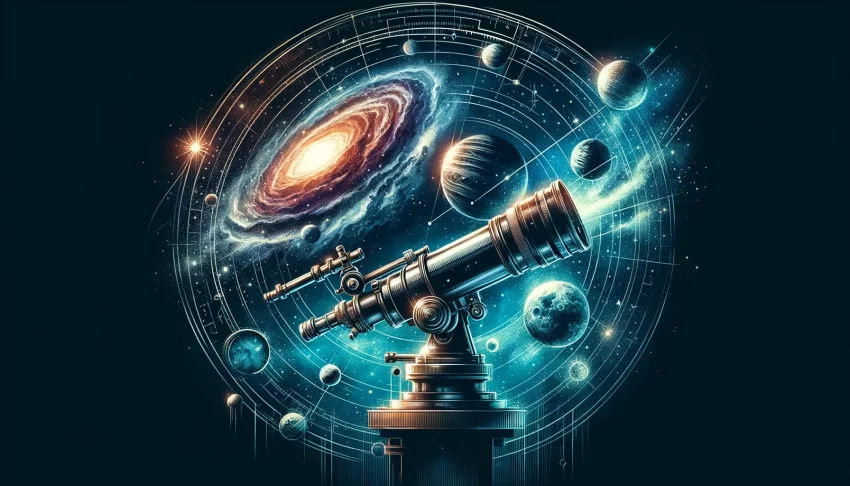About 400,000 years following the Big Bang, the cosmos endured a prolonged ‘dark age’, filled predominantly with dense hydrogen gas and devoid of any sources of light. Light slowly made its way as epically large clumps evolved into the first stars over hundreds of millions of years, offering a break in the interstellar obscurity. A recently published research in Nature posits that the collective glow of countless stars in small, faint dwarf galaxies played a significant role in reionizing hydrogen gas, ending the dark ages and triggering what’s known as the “epoch of reionization”.
Explore the Universe’s Past
With the aid of the James Webb Space Telescope and a mammoth cluster of galaxies termed ‘Pandora’s Cluster’ as our magnifying glass, researchers accomplished the monumental task of studying the faint galaxies relic of this epoch. The mammoth weight of the Pandora’s Cluster distorted space and time, amplifying the light from objects behind it, making observations possible.
To skirt around the challenge of data collection due to the rarity of massive galaxies and the faintness of smaller ones, researchers opted for infrared images of numerous galaxies, out of which only eight were studied in depth due to fiscal and technical limitations. The chosen galaxies, merely 0.5% as bright as our Milky Way in that epoch, showed the telltale glow of ionized hydrogen, providing evidence that these galaxies did, in fact, exist in the very early universe.
These galaxies were found to generate approximately four times as much ionizing light as considered “normal”, implying only a small fraction of it needed to escape to reionize the universe, ultimately suggesting that these tiny galaxies could have contributed largely to the epoch of reionization.
Information Box:
– Prior to the discovery, it was thought that some 20% of all ionizing photons needed to escape from these smaller galaxies to contribute significantly to reionization. The new data suggests that even 5% — roughly the percentage emitted by modern galaxies — could suffice.
– Due to its size and distance, the James Webb Space Telescope utilized ‘Pandora’s Cluster’, a gigantic cluster of galaxies, to magnify the light from objects behind it.
– The investigation into this epoch was based on only eight galaxies close to one line of sight. Further studies would involve expanding the view to different regions of the cosmos.
– The new data points at dwarf galaxies as probable primary contributors of ionizing photons that brought about reionization.
In securing our understanding of our universe’s transformation from dense dark gas to the luminary expanse we witness today, these observations carry prime significance. However, this revelation is based solely on eight galaxies close to one line of sight. Upholding the empirical integrity of these conclusions warrants further observations planned in various other sectors of the universe, targeting more large galaxy clusters to spot more magnified, faint galaxies.
This systematic endeavor, although arduous, promises to shed further light on the dark origins of the cosmos in due course of time.
1. Nanayakkara, Themiya. “What ended the ‘dark ages’ in the early universe? New Webb data just brought us closer to solving the mystery.” The Conversation.
2. “Most of the photons that reionized the Universe came from dwarf galaxies.” Nature.com.
3. “Jaw-dropping Webb photo reveals how the universe turned its lights on.” Mark Kaufman.

